‘Presidential Visits to New Jersey’ – a New History by Peter Zablocki
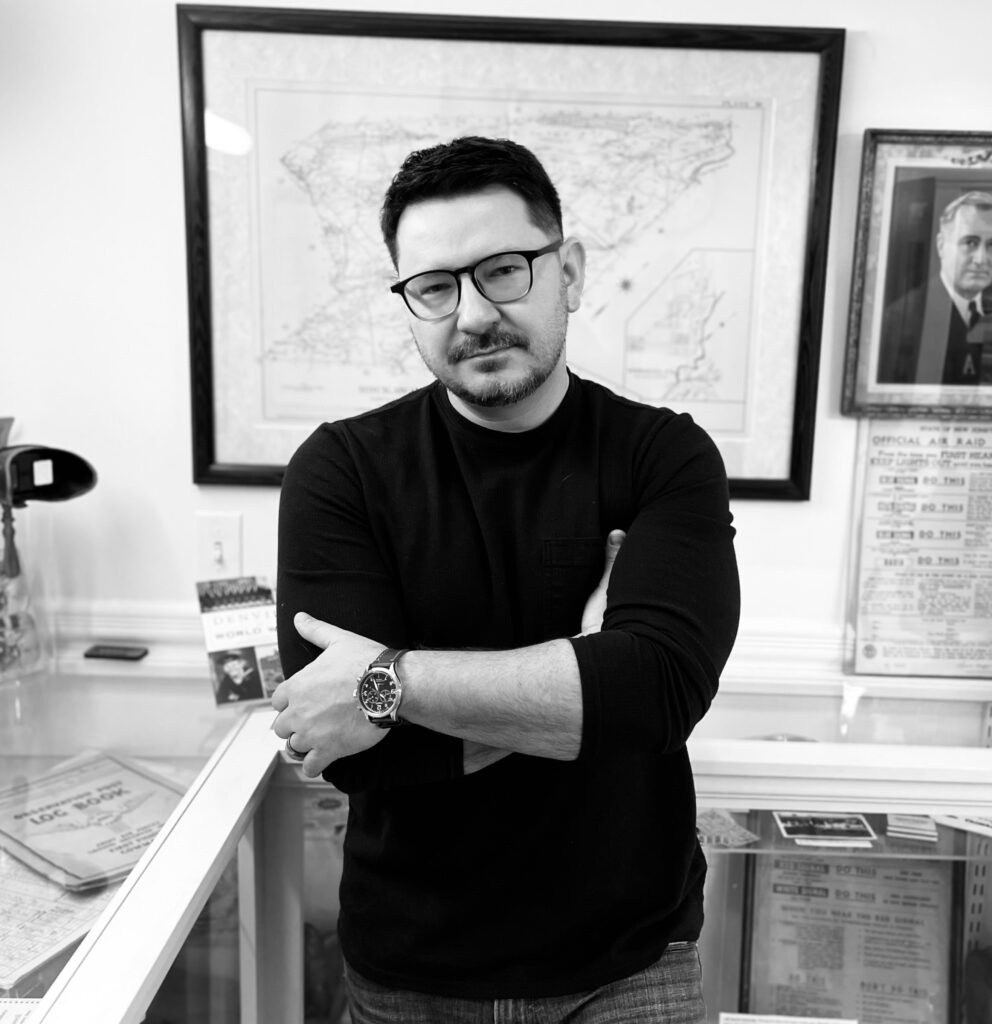
New Jersey may have a reputation for getting a lack of respect – “What exit are you from?” – some of it self-imposed, of course, and much of it probably deserved, but never sufficiently searing apparently to keep away presidential contenders and presidents.
In point of fact, New Jersey – just behind Rhode Island in terms of electoral votes per square mile – claims a significant – and awesome – presidential history, from Washington and the Revolution to Abraham Lincoln appealing directly to a state that rejected him at the ballot box, to Seven Presidents Park and President James Garfield dying in Elberon, to Woodrow Wilson actually becoming president, to Frank Hague helping to make FDR prez, Kennedy campaigning for Richard J. Hughes at the War Memorial, to the 1980s fights over New Jersey’s contaminated brownfields, to Bush and Bill Clinton fighting for critical electoral votes here, and Obama and Hillary Clinton contending a bruising primary election. Those are just some examples.
Many more await in Presidential Visits to New Jersey: A History by Peter Zablocki coming out on October 17. Historian, educator and author of numerous books detailing New Jersey’s history, Zablocki presents the elections, political events and critical NJ presidential moments.
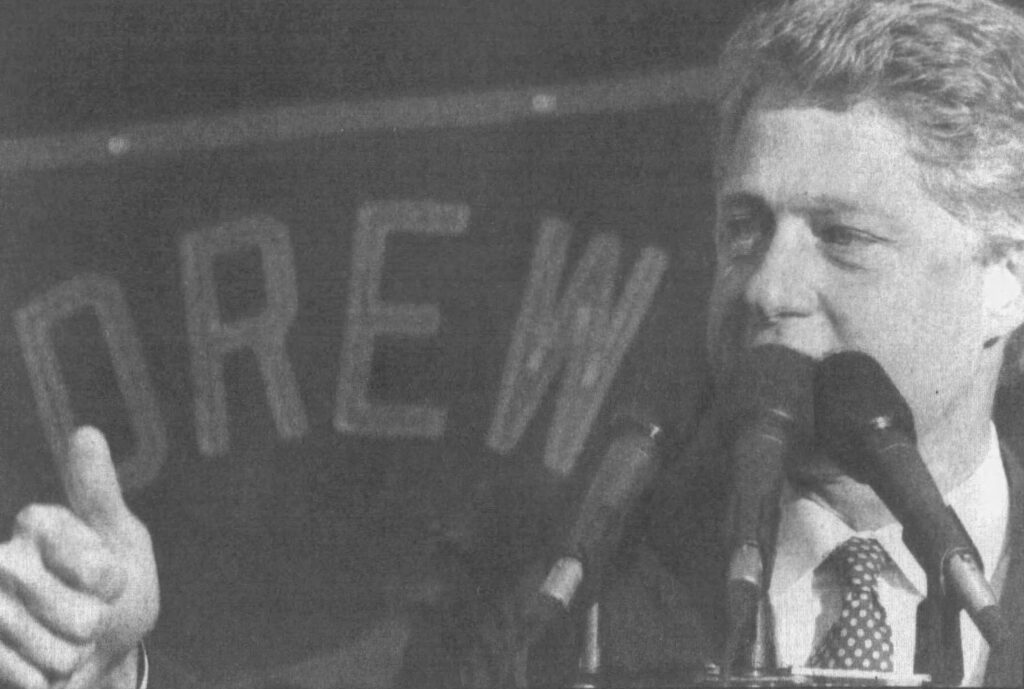
“I think I was trying to convey the respect of the position of the presidency,” the Denville author told InsiderNJ.
A native of Poland who came to this country 30 years ago, Zablocki said in his formative years especially he found the country and its sense of togetherness in crisis exhilarating. “Americans are patriotic and when they come together, there’s a lot of good. In a sense, the things that divide us today used to bring us together” – like the symbol of the presidency itself.
“I’ve written seven books now, and when I write a book, I write with my students in mind, and with a message of hope,” said the author, a high school advanced placement history teacher. “This is not much different. We can come together. Just because a person is flawed, there is hope past one person. Things change. There was a time when the presidents had a certain removed quality, and with that came a certain respect for the office. The rise of social media has humanized these characters. It takes away from that symbol. We see them as people and not a symbol. We’re even reevaluating Thomas Jefferson. Because of what has happened with social media, I think the office is diminished. These figures in the presidency are so ridiculed and so humanized, we are now applying that to historical figures.”
Today, if a president doesn’t do what we want or agree with us, we take to Twitter with profanity and rage. “Technically speaking, a true leader is not doing everything the constituents want them to do,” Zablocki said. “We live in a society where people confuse ‘I disagree with this’ with decision-making.”
Presidents visiting New Jersey used to draw huge crowds drawn in part by the symbolic idea of the country epitomized by one individual. It happened when 250,000 people showed up to see Franklin Delano Roosevelt.
It was a great moment in the political history of New Jersey.
When President Joe Biden came to Manville in the aftermath of Hurricane Ida, crowds gave him the middle finger and jeered.
Certainly, presidents in the past drew detractors, but Zablocki notes that the newspaper coverage of the events emphasized the positive and collective nourishment.
Through much of its history, New Jersey fulfilled the function of a fickle swing state, going for Ike in the 1950s, then backing Kennedy; going for Reagan – then, with the election of Bill Clinton (above) in 1992, finding its stride as a reliable blue bastion.
Clinton, as operative Tom Barrett always says, turned New Jersey into a blue state.
But first a battle ensued.
Zablocki chronicles it in his book.
“[President George Herbert Walker] Bush campaigned in New Jersey at a rate of once every ten days,” he said. “Clinton visited the state on six different occasions that year. He said in Jersey City, ‘New Jersey is the one that can turn out the lights on the Bush presidency.'”
On the eve of the election, former Governor Tom Kean joined President Bush for a campaign stop at the Madison Train Station.
Clinton won, and New Jersey, in a sense, never looked back – at least not to date.
In Presidential Visits, Zablocki dives into those intense campaign seasons in New Jersey, including 1992, and the Wilson-Taft-Roosevelt 1912 election, and the 2008 Clinton-Baraka Democratic Primary. He also examines those occasions when presidents connected here, as Lyndon Baines Johnson did after the killing of JFK.
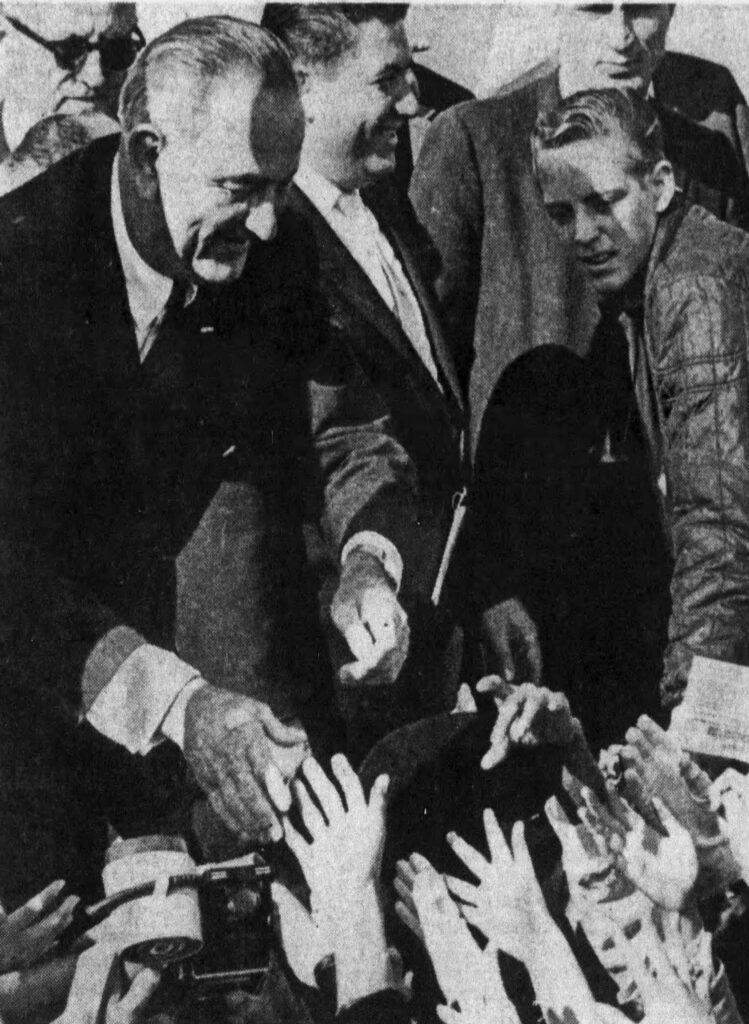
“Believe it or not, Kennedy was overshadowed somewhat by LBJ in New Jersey,” Zablocki said. “He rode in the limo from the airport [after the Kennedy assassination]. It was a spectacle. New Jersey Police called in snipers and they were hiding on buildings. Johnson (above) touched people, over the entreaties of security. His hands were so battered, they were covered in band-aids, a 6’4″ figure towering over everyone as he worked the crowd.”
He did a campaign rally at the Paramus Mall and the newspapers said it wasn’t Beatlemania, it was ‘Johnson-mania.'”
Johnson, too, presided over the 1964 Democratic National Convention in Atlantic City.
Zablocki lingers on the seminal New Jersey moment for Lincoln over a hundred years before Johnson.
“Lincoln wins the [1860] election, but doesn’t win New Jersey, and right away, after winning the election, he wants to get them on his side,” said the author. “Knowing the war is inevitable and knowing he’s not liked for a few reasons in NJ, he comes here. New Jersey businesses worked closely with the south. His initial position was that slavery should not expand. When he stops in Princeton, remember, many of the people in Princeton were wealthy southerners, so there was a lot of southern sympathy. When he comes in, he’s viewed as an instigator, and never wins them over.”
But the moment stands.
There was Teddy Roosevelt, too, a progressive president who approached New Jersey with affection and great attention, Zablocki said.
Keyed into it in part because of its importance to industry and shipping, Roosevelt (pictured, below) also saw the poverty and social inequality here and wanted to rectify it with policy. “He sought in a sense to make New Jersey into a model state,” Zablocki said.
When he campaigned for the presidency in a field that included former New Jersey Governor Wilson, he tried to remind voters of that connection forged, but ultimately couldn’t get around the Taft candidacy to beat Wilson. He beat Taft in New Jersey, but the feisty New Yorker couldn’t catch the former New Jersey governor.

“Wilson quietly snuck up on everyone,” Zablocki said.
But back to those more obscure presidential moments, like when Ronald Reagan landed in a helicopter on a football field and went into a school to talk to students about the dangers of drugs; or when former President Harry Truman came to Paramus to see his daughter in a play; or when Grover Cleveland – a New Jersey native – stayed at the Denville Hotel.
That last nugget especially thrills Zablocki, who serves as vice president of the Denville Historical Society.
“You almost feel special when a president comes to your town,” said the author. “How many other places had presidents visit? When you think of that spectacle of 250K people showing up to see FDR, it’s surreal. They’re not there to throw tomatoes or stir hatred.”
They’re there for respect.
Herded there by Hague?
Some perhaps or maybe many – but many others drawn as Americans.
Of course, we didn’t invent stupidity with our runaway Twitter feeds.
New Jersey made fun of Lincoln’s gangly height when he arrived.
But when he left, he received a standing ovation in the state legislature.
“At some point the respect given the office was diminished, and it started happening around the MTV generation,” said Zablocki (pictured, right). “Newspapers did mention those who were against the president in their New Jersey coverage of the president. It never made the front page. Reporters didn’t make it a big deal. But by the time we get to 1992, you see, on the front page, a college girl on someone’s shoulders with a big sign that says ‘Bush lies,’ with a Pinocchio nose on the President’s face. Also, at a Bush rally, you see people holding Clinton-Gore signs. Before then, even if that existed, it was not shown. The closer you got to the nineties, you got into the MTV boxers or briefs era” which morphed into the anything-goes Twitter age.
generation,” said Zablocki (pictured, right). “Newspapers did mention those who were against the president in their New Jersey coverage of the president. It never made the front page. Reporters didn’t make it a big deal. But by the time we get to 1992, you see, on the front page, a college girl on someone’s shoulders with a big sign that says ‘Bush lies,’ with a Pinocchio nose on the President’s face. Also, at a Bush rally, you see people holding Clinton-Gore signs. Before then, even if that existed, it was not shown. The closer you got to the nineties, you got into the MTV boxers or briefs era” which morphed into the anything-goes Twitter age.
“When it comes to the symbolism of the presidency itself, our founding fathers never intended for the president to be the head of state, the representative of everything good or bad. Article One expressly lays out that Congress would rule; would decide what is right or wrong, and it was the president’s job to executive the laws made by Congress, to carry out the will of the true representatives. At some point there was a shift in American government where the presidency overshadows Congress; a phenomenon in American history that starts in the 1820s with the tensions between Congress and the so-called boss [Andrew] Jackson president, who becomes the face of the federal government.”
Whatever those bumps along the presidential road, no one perhaps suffered them in New Jersey quite like Wilson – literally. “Toward the end of his presidential campaign in 1912 – this was the Model T era – Wilson’s driver was going from one stop to another and the Model T goes over a bump. Governor Wilson hits his head on the roof and cracks his skull open. The driver went from village to village looking for a doctor. The Governor ends up getting his head stitched and glued together and his had shaved in the spot where he suffered the wound.”
He went on to his next campaign event, wearing a hat.
Mortally wounded in Baltimore, President James Garfield came back to Long Branch to die. He loved it here, and craved the sea air. Pierce and Buchanan rode through Cape May along the Jersey Shore, and went to the balls at night; danced and felt the enlivened oceanside conviviality of elegant America.
Ulysses S. Grant loved it here so much he had a cottage built and worked from New Jersey, sparking the newspapers to wonder where the president was as the nation fell apart again; the answer the same in the old Civil War hero’s case, where else, “at the Jersey Shore.”
EDITOR’S NOTE: DON’T FORGET – Presidential Visits to New Jersey: A History by Peter Zablocki comes out on October 17.
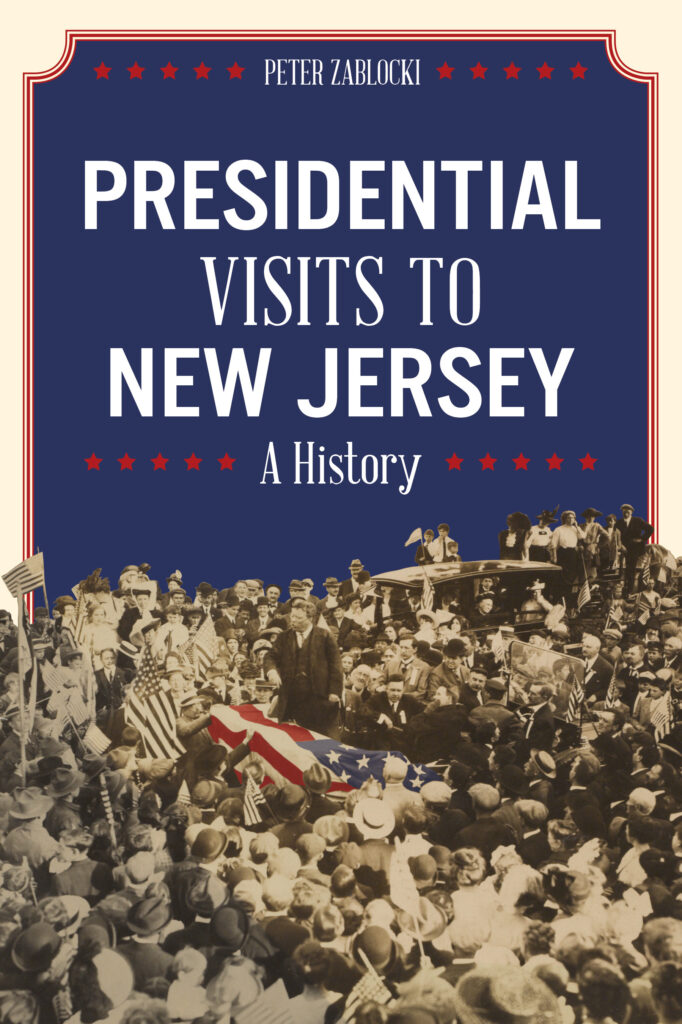
EDITOR’S NOTE: InsiderNJ first published this piece on Sept. 22, 2022.


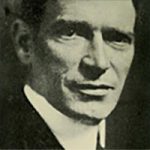






Leave a Reply